Slovak: cisár
Czech: cisař
Polish: cesarz
Slovenian: cesar
Serbo-Croatian: car
Bulgarian: цар
Macedonian: цар
Ukrainian: цар
Russian: цар
Belorusian: цар
Old Church Slavonic: кѣсар҄ь, цѣсар҄ь
Czech: cisař
Polish: cesarz
Slovenian: cesar
Serbo-Croatian: car
Bulgarian: цар
Macedonian: цар
Ukrainian: цар
Russian: цар
Belorusian: цар
Old Church Slavonic: кѣсар҄ь, цѣсар҄ь

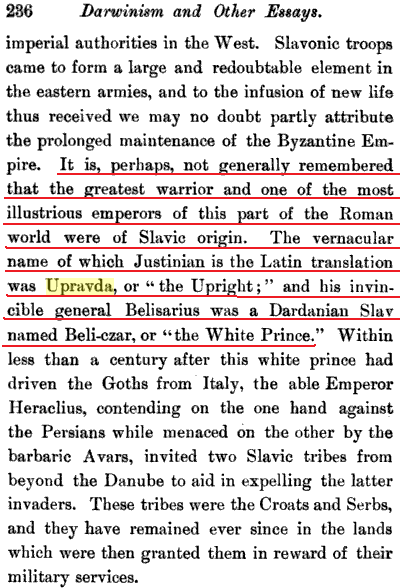
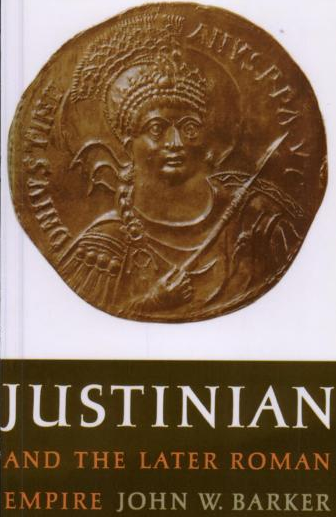
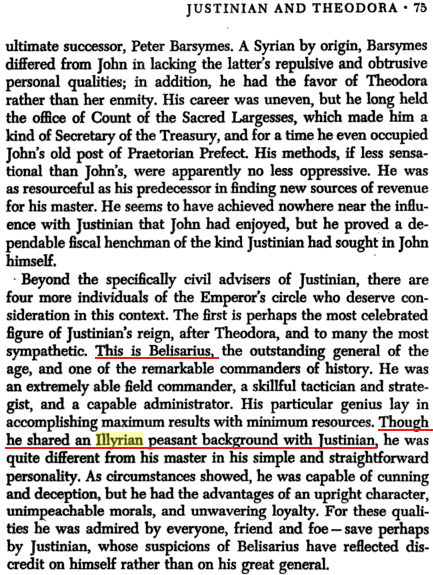

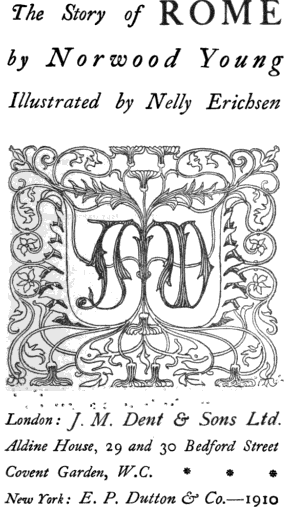
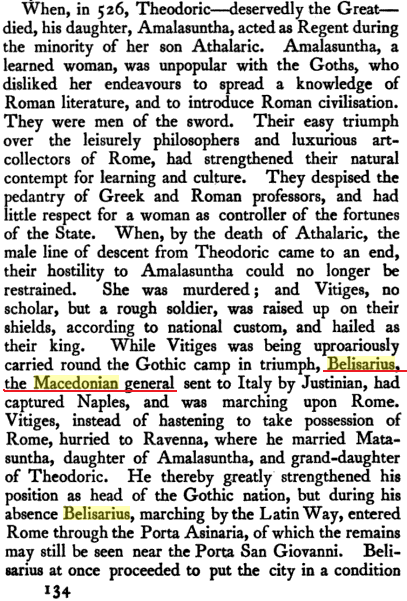







Comment